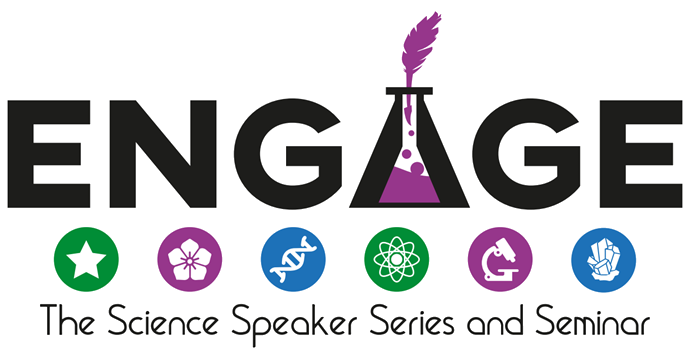Blood, and Age, and Cancer — Oh My!
Good news from the World Health Organization — people are living longer! This is great for those of us who can’t get enough time with loved ones, things left on our bucket list, or have FOMO on what the future holds. Despite all the positives, there is a drawback; as the elderly population grows, so does the incidence of age-related diseases like dementia and heart disease. Is medical science ready to treat this increase? Well, if you are talking about age related blood cancers like Myelodysplastic syndromes, the answer is no.
Myelodysplastic syndromes, also known as MDS, are a group of blood cancers which occur with increased age. Normally, blood producing cells in the bone marrow make all the cells that can be found in your blood, including red blood cells for carrying oxygen, white blood cells for fighting infection, and platelets, which help stop bleeding when you get cut — all really important functions for living our daily lives. As we age, blood producing cells accumulate mutations in their DNA, the instruction manual for cellular behavior. Some of these mutations cause blood producing cells to overproduce certain types of blood cells at the expense of others leading to problems like insufficient oxygen throughout the body, increased bleeding and bruising, and issues fighting infections. This can really put a damper on completing that bucket list, participating in family activities, or even leaving the house. It also puts these patients at greater risk for more aggressive forms of cancer like leukemia.
In terms of treatments options… well, there aren’t many. MDS patients receive regular blood transfusions to replace their lost red blood cells. This doesn’t address the loss of other blood cell populations or fix the problem but can make patients feel less tired. The only potential way to cure MDS is to perform a bone marrow transplant — where the blood producing cells from a healthy individual are injected into the bones of the person with MDS — OUCH! Even with a transplant, patients are not guaranteed to get better; they can develop life threatening infections, their bodies can have bad reactions to donor cells, or the cancer can come back. On top of this, these treatments are invasive and costly, and because MDS patients are elderly, most are not eligible for transplant because of other age-related health problems like heart disease.
I know all this sounds like bad news, but maybe I can provide some hope. Firstly, MDS isn’t super common, only about 10,000 people are diagnosed with MDS each year in the United States. Now if you do find yourself being one of these 10,000 in the future, fear not! Scientists like me are working hard to better understand how certain mutations lead to MDS development with the goal of developing better treatments for patients like you.
I study the most frequent mutation observed in MDS patients, in a gene called SF3B1. This gene helps take information from DNA and turn it into molecules called proteins, which cells use as tools to function. You can think of proteins like all the parts of a car. When SF3B1 mutations happen, some proteins are either made improperly or not at all causing blood producing cells behave in ways they shouldn’t; imagine trying to drive a car with square wheels or no brakes — sounds like a bad time.
Myself, and many in my field believe that if we understand which bad or lost proteins are important for turning healthy blood producing cells cancerous, we can develop a more targeted and effective MDS treatments. Afterall who wants to spend their limited time getting regular blood transfusions or undergoing a dangerous, expensive, and painful procedure. Ultimately, we hope that our work means that you, or your loved one can enjoy the time they have, take that trip they’ve always dreamed of, or simply see what comes next.
Elizabeth Bonner is a PhD student studying age-related blood cancers at Fred Hutchison Cancer Center through the University of Washington’s Molecular and Cellular Biology Program. Bonner studies the most frequent mutation found in a group of age-related blood cancers, collectively called myelodysplastic syndromes, to understand how this mutation disrupts the production of blood cells.


